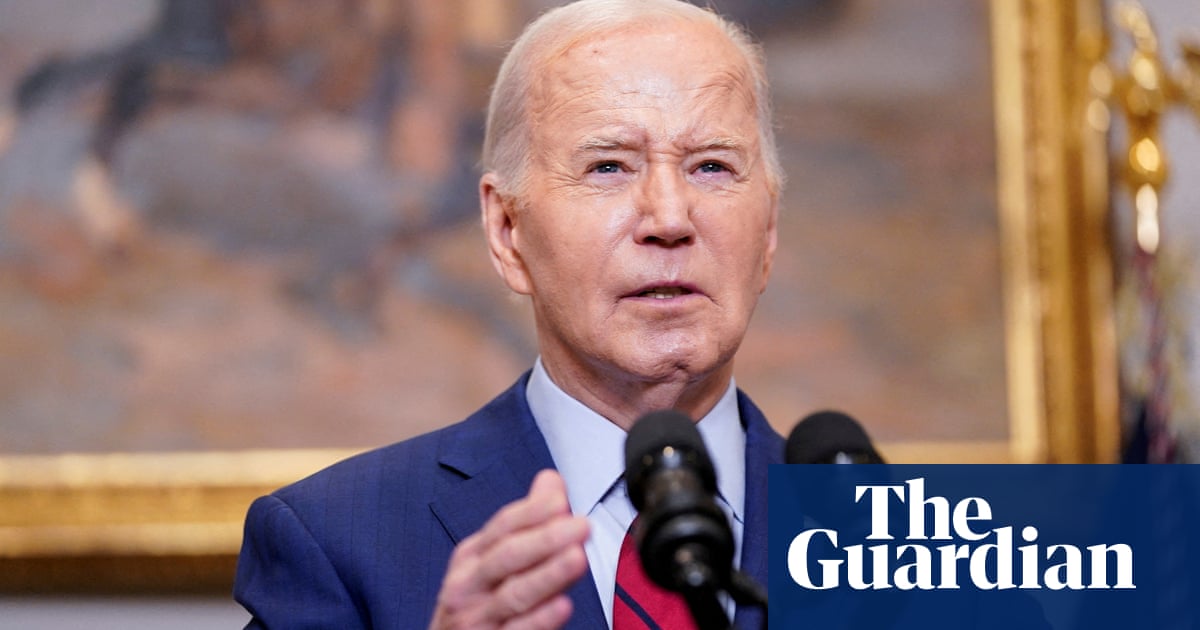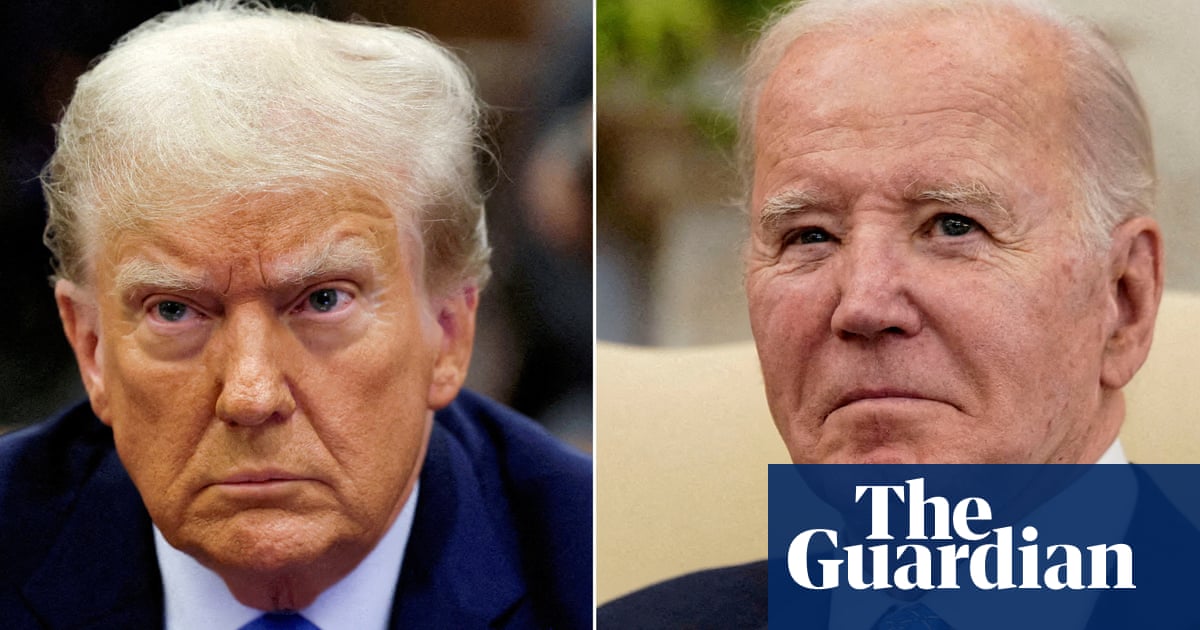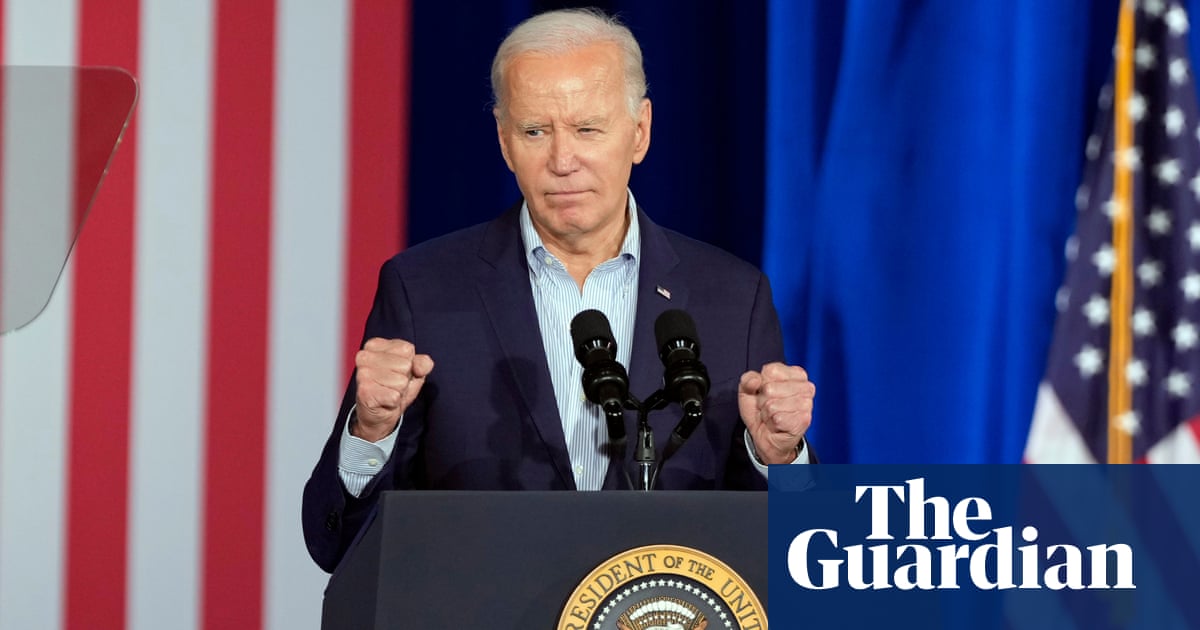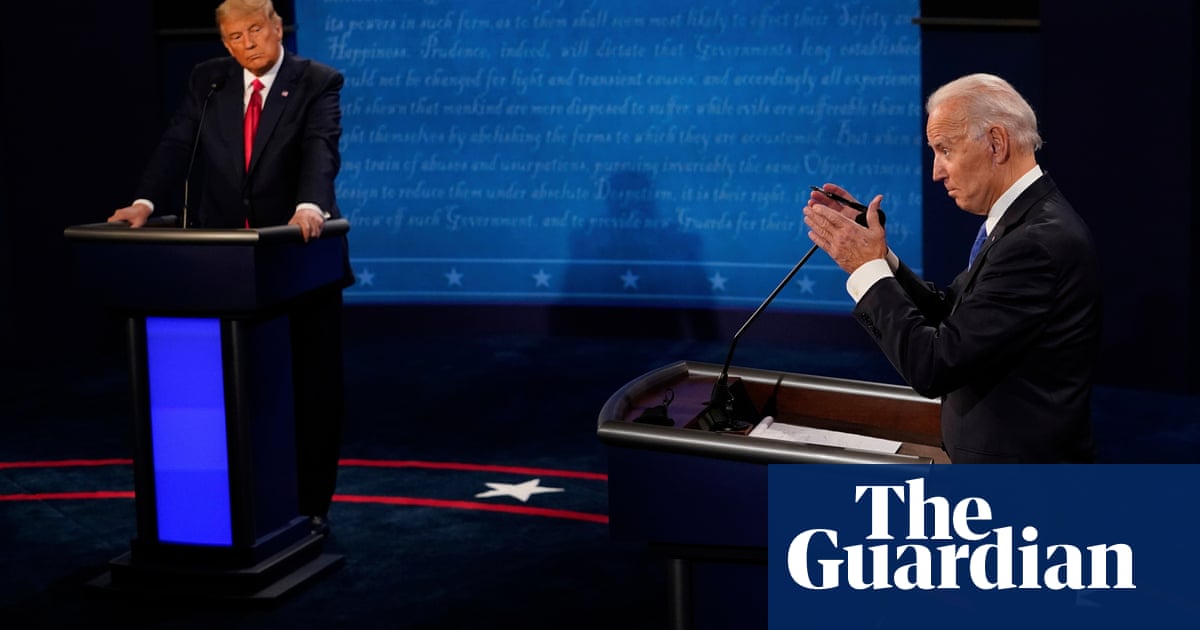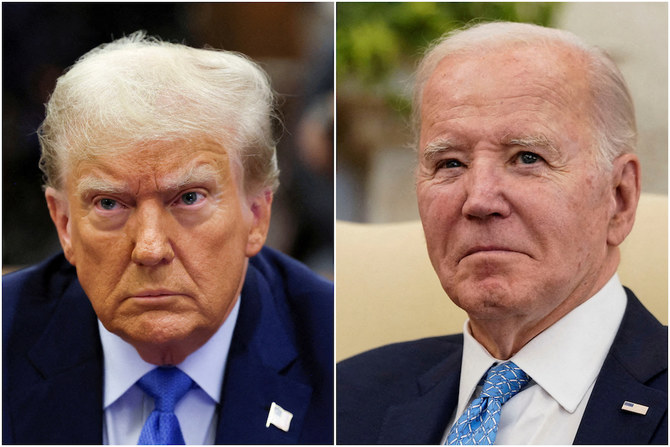
As the 2024 presidential race heats up, a central paradox is becoming ever clearer: Many voters are growing disenchanted with, and are certainly not enthused, by the two main candidates, Joe Biden and Donald Trump, who are 81 and 77 years old, respectively.
With a little over six months to go before election day on Nov. 5, this can be seen in Biden’s relatively low approval ratings. Meanwhile, Trump’s ever-growing list of controversies and court cases might be buoying his populist political base but they are turning off many independents and more moderate Republican voters.
One of the key implications of all this is the high possibility that their choice of running mates will be unusually important this time around, in historical terms, not least because of the greater than usual possibility that whichever of them triumphs in the presidential election might face challenges, given their age.
Therefore, their choices of vice president will be very important, which challenges the traditional view of this secondary office. The usual perspective on the office was rather colorfully summarized by John Nance Garner, who held the post between 1933 and 1941 under Franklin D. Roosevelt, when he said that “vice presidents never get to go anywhere … the office is not worth a bucket of warm spit.”
Even if Biden or Trump, the oldest presidential candidates nominated by the two main parties in American history, manage the next five years, their energy could flag significantly during their time in office. Their running mates might therefore wield major influence in the White House.
There are at least two, more general reasons for this, beyond the ages of Biden and Trump. Firstly, the office has assumed more power and resources in recent decades, with recent vice presidents such as Biden, Dick Cheney, and Al Gore ranking among the most influential in US history.
The power that those three were entrusted with reflected not only their own great political experience and strong relationships with Presidents Barack Obama, George W. Bush and Bill Clinton respectively. It was also a function of the enhanced status of the vice presidency, reflected not only by larger staffing budgets but also greater proximity to the center of power via a West Wing office in the White House; weekly one-on-one meetings with the president; and the authority to attend all presidential meetings.
Secondly, the office has become perhaps the single best transitional step to the presidency, as exemplified by Biden. Even if the next president manages past 2029, the next vice president could be on a “fast track” to the Oval Office at the 2028 election, or at some point in the 2030s.
Since 1960, four sitting vice presidents earned their respective party’s presidential nomination but lost the election: Richard Nixon in 1960, Hubert Humphrey in 1968; Walter Mondale in 1984; and Gore in 2000. Three former vice presidents have been elected president: Nixon in 1968, George H.W. Bush in 1988, and Biden in 2020.
The next vice president has a higher than normal chance of assuming the top job at some point between 2025 and 2029.
Andrew Hammond
As noted, the next vice president has a higher than normal chance of assuming the top job at some point between 2025 and 2029. And history shows us the crucial effect that stepping up in this way can have on the future prospects of a vice president.
This is perhaps best exemplified by Harry Truman, who was vice president for just a few months, from January to April 1945, before becoming president when Roosevelt died in office. Within weeks of taking over, Truman had made several highly consequential, controversial decisions, not least the order to drop atomic bombs on Hiroshima and Nagasaki in August that year. He subsequently won the 1948 presidential election.
In this context, the electoral stakes have grown in the nuclear age for failing to select a deputy perceived as being capable of effectively assuming the office of president upon the death or incapacitation of the incumbent.
Take, for example, the 2008 election, in which Republican nominee John McCain, then 71, selected as his running mate Sarah Palin, who was widely viewed at the time as being too inexperienced and gaffe-prone to be a heartbeat away from the presidency.
Barring any last-minute change of mind, it looks most likely that Vice President Kamala Harris will once again be Biden’s running mate, despite the fact that she is widely perceived as not having performed strongly since taking office in 2021.
In 2016, Trump chose former Gov. Mike Pence, someone even many of his partisan opponents would concede could have potentially assumed the presidency in an effective manner had the situation warranted it. It remains unclear, however, whether in 2024 Trump will pick a similarly suitably competent individual.
One candidate reportedly under consideration to be his running mate is Kari Lake, who said during a rally last Sunday that Trump supporters should prepare for a “difficult” six months ahead of the election, and called on the military and police veterans among them to stand ready.
Remarkably, she then added: “What do we want to strap on? We’re going to strap on our seat belt. We’re going to put on our helmet or your Kari Lake ball cap. We are going to put on the armor of God. Then maybe strap on a Glock (a type of gun) on the side of us, just in case. You can put one here and one in the back or one in the front, whatever you guys decide.”
Taking all of this together, we can see why the choice of vice president will really matter. The next holder of the office will not only have significant powers in their own right, they will also have a higher than usual chance of taking over as president should Trump or Biden be unable to perform as president.
Andrew Hammond is an associate at LSE IDEAS at the London School of Economics.







